Picture an underwater world that is pitch black with sparks of glow-in-the-dark magic lighting up under your torch beam, making you feel like you’ve stepped into an Avatar movie.

Fluorescence is the name for the absorption of high-energy light by a material (such as coral tissue) and its re-emission nanoseconds later at a longer wavelength. Simply put, some things will glow in unbelievable colors when illuminated with the right light.
Interesting information: Fluorescence is not to be mistaken with phosphorescence or bioluminescence. Something that is phosphorescent means it can STORE light and re-emit it over a longer period of time (i.e. your dive watch or dive gauge). Something that is bioluminescent means that the light is PRODUCED by living organisms (i.e. phytoplankton).
Fluodiving, fluorescent night diving, UV diving, glow diving – goes by many names. But no matter what you call this vibrant type of diving, the optical magic of fluorescence adds a totally new dimension to your night diving repertoire.
Hopefully, at this point in you’re diving career, you’ve heard of night diving, and chances are you’ve tried it. Fluorescent diving is a colorful variation on night diving that many have heard of, and yet few have done.
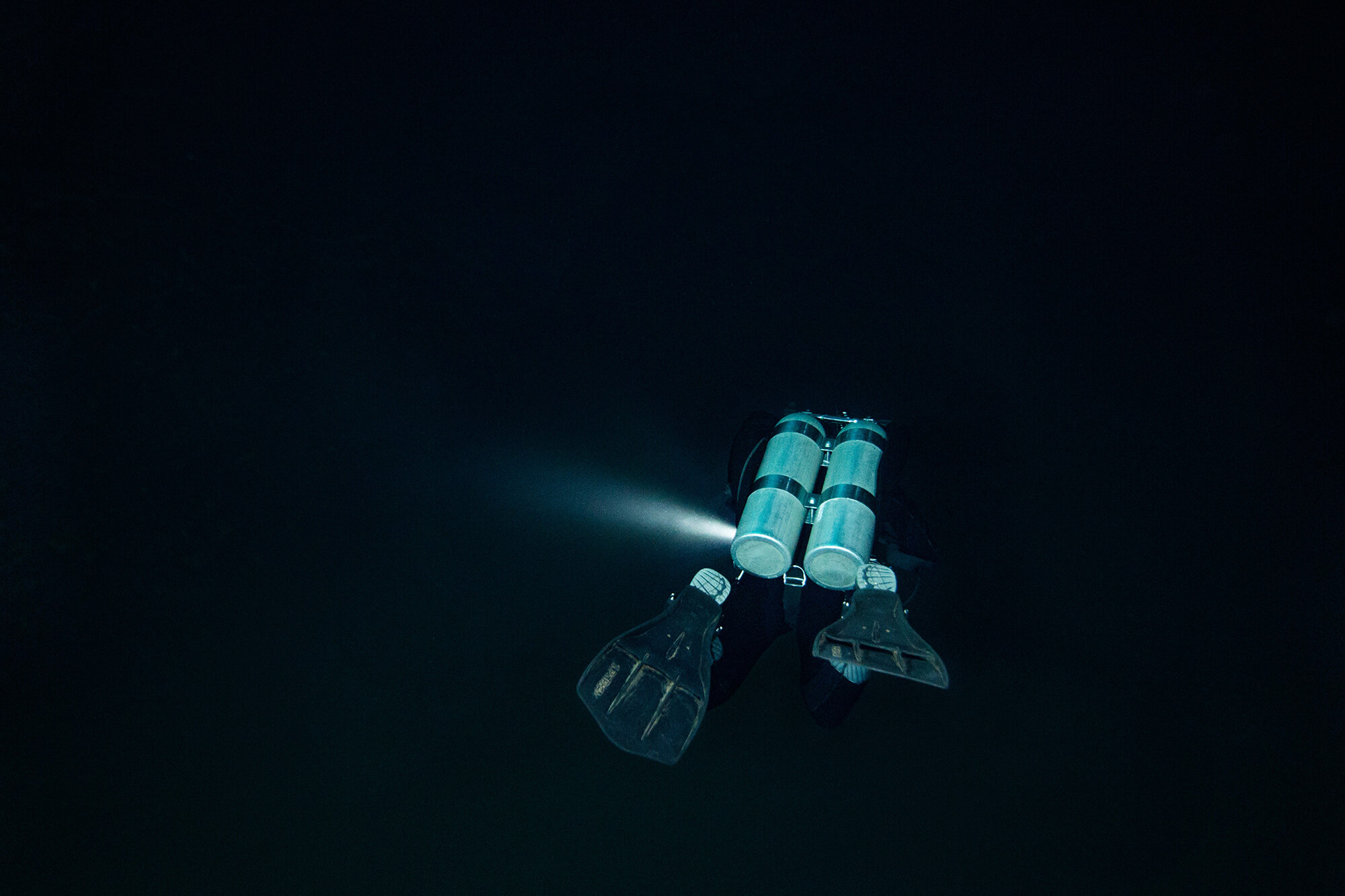
Read more about night diving and everything else that goes bump after dark:
Swimming around in a dark ocean isn’t the norm. But at night the whole allure of the underwater world changes. So the big question is: are you afraid of diving after dark?
In fluorescent diving, a diver will use a specialized blue or ultraviolet (UV) light underwater to illuminate the world around them. This light will reveal a world of psychedelic neon colors. All the critters and coral you’ve come to know on a night dive will be worth a second look as they glow in incredible hues of pink, orange, green, and blues.
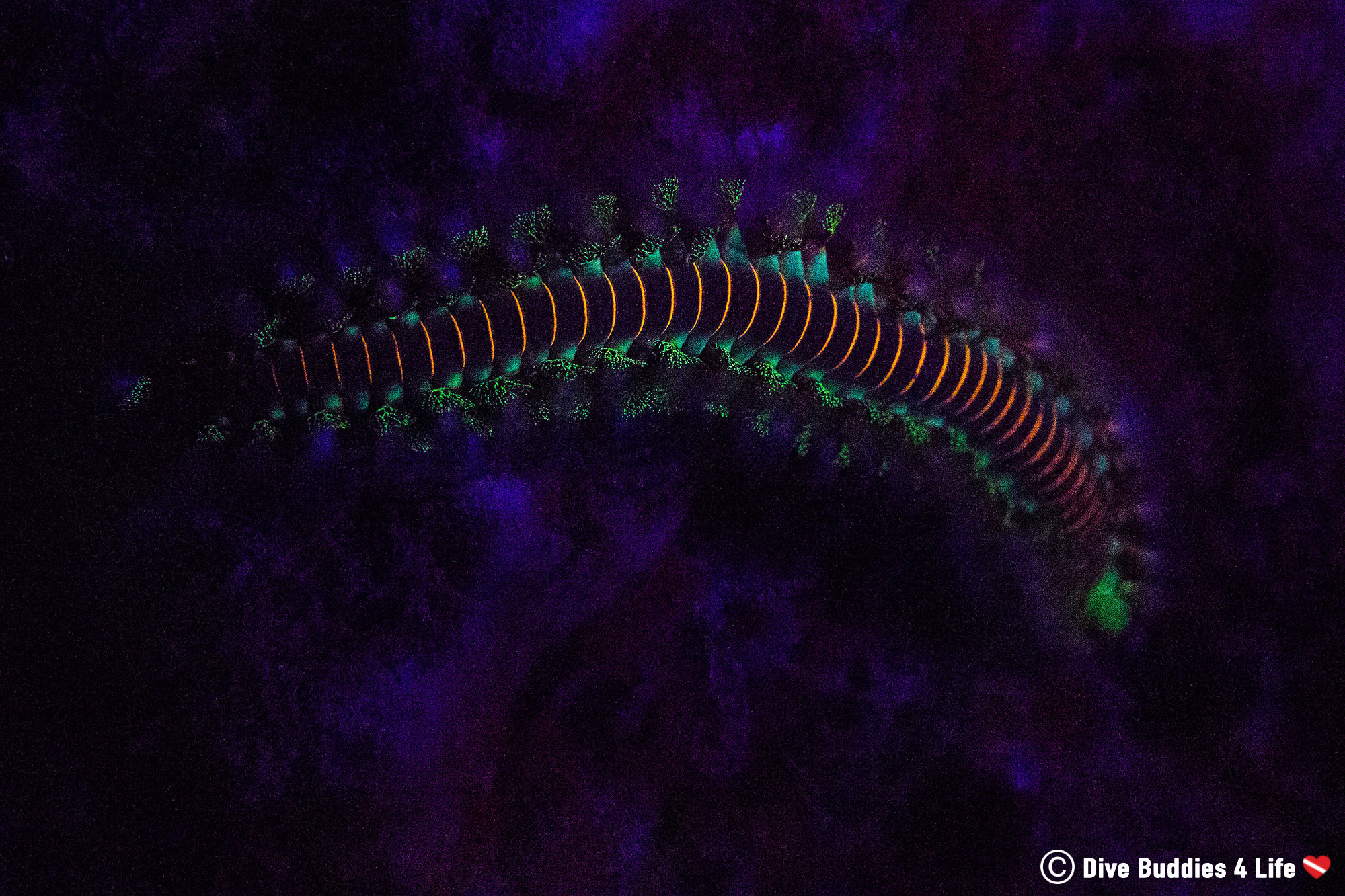
Fluorescence is around us all the time but is almost always invisible to the naked eye beneath the sunlight or the bean of a dive torch. And while fluorescence is always present, not every form of marine life has the ability to fluoresces.
In living organisms, when fluorescent proteins absorb light of a specific wavelength, they re-emit that light at a lower energy. This process is what causes the discharged light to display different colors. For reasons still unknown to science, some aquatic creatures produce these special proteins which react to light, and others will not.
Some of our favorite critters to try illuminating for fluorescence are:
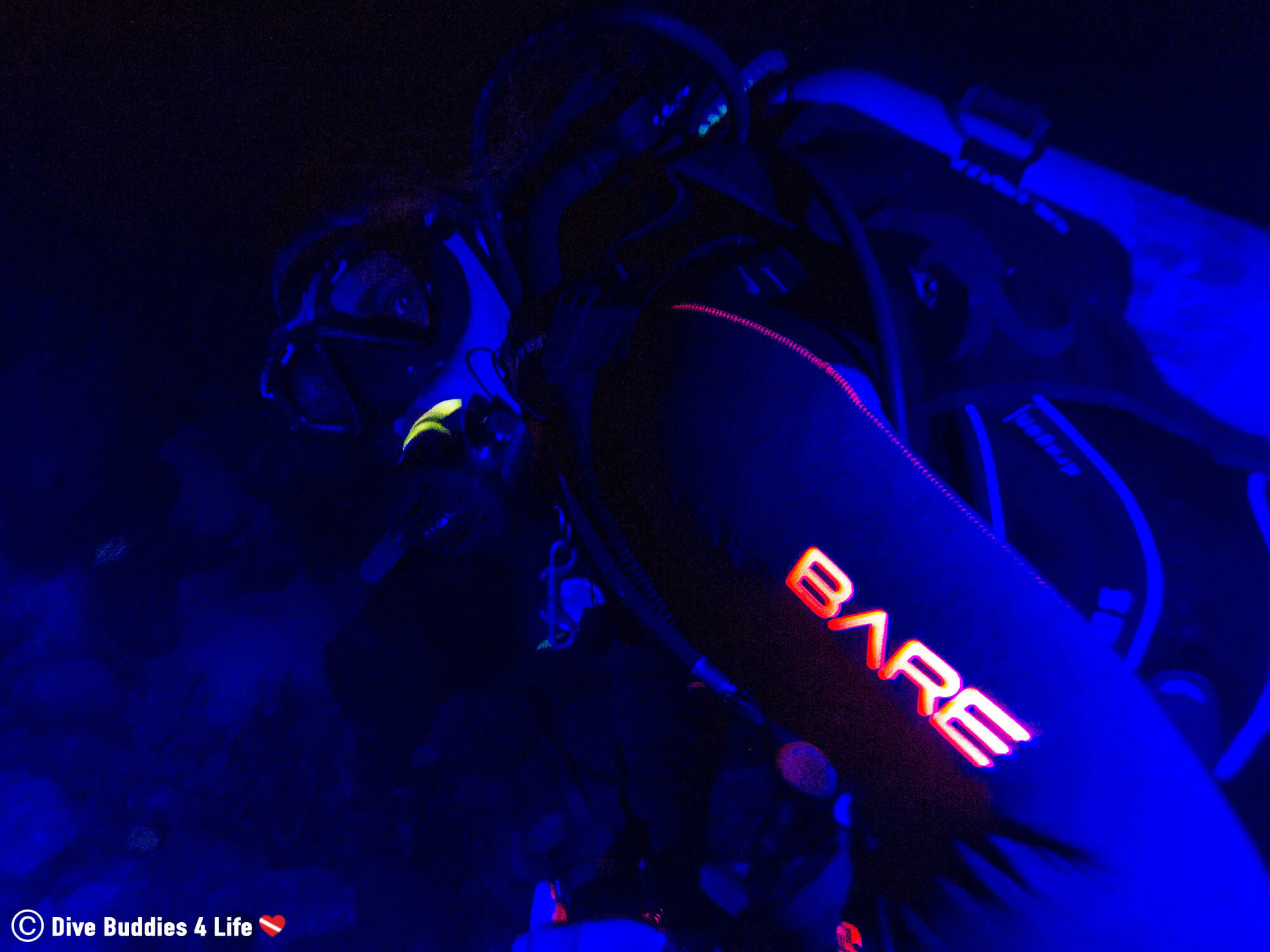
With the right equipment certain corals and other critters on the reef light up in unexpected rave-worthy colors.
In the early days, divers used ultraviolet lights to display fluorescence underwater. However, in recent years, a scientist named Dr. Charles Mazel discovered that contrary to popular belief, UV lighting did not emit the best wavelength for viewing fluorescence; blue light, with wavelengths between 450-470 nanometers was better. So much better, in fact, that blue light was approximately four times as effective at stimulating fluorescence in corals when compared to UV light at the same energy.
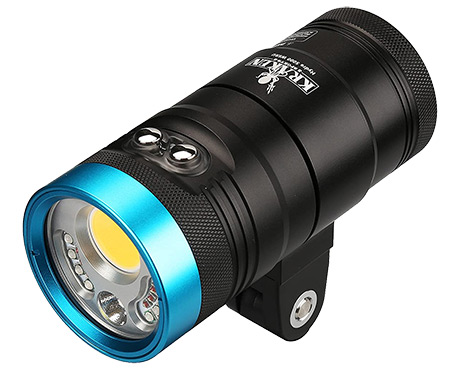
Kraken Sports Hydra Dive Light:The Hydra 5000 WSRU are the perfect addition to your fluorescent night diving kit. The light is an all in one photo and dive light with wide, spot, red, and fluo modes.
The only disadvantage with regards to blue lighting is that unlike ultraviolet, blue light is visible to the human eye. And when used to showcase fluorescence, it can easily outshine this weak effect. To counter the blue light and enable the long fluorescent light waves to be seen, divers must use a yellow filter.
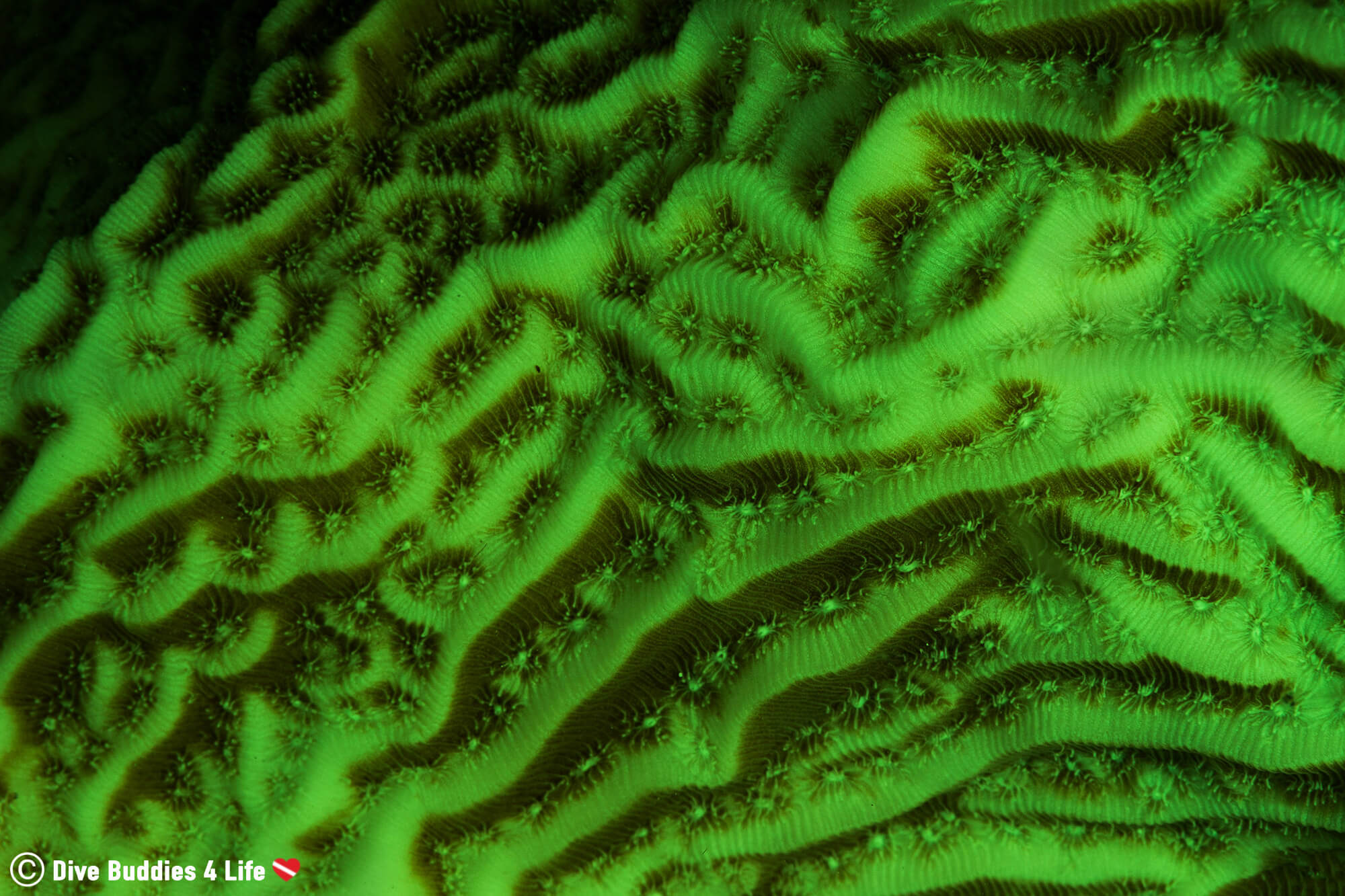
Be it cold water or warm water, the beauty of fluorescent diving is that it’s not restricted to a particular region or climate. There are organisms with wildly colorful capabilities all over the place. Some of the best known fluorescent diving locations are Bonaire, Grand Cayman, Indonesia, Maldives, Philippines, and the Red Sea.
But at the end of the day, as long as you have the necessary equipment (or have a dive shop where you can rent the right equipment) you can enjoy a fluorescent dive.
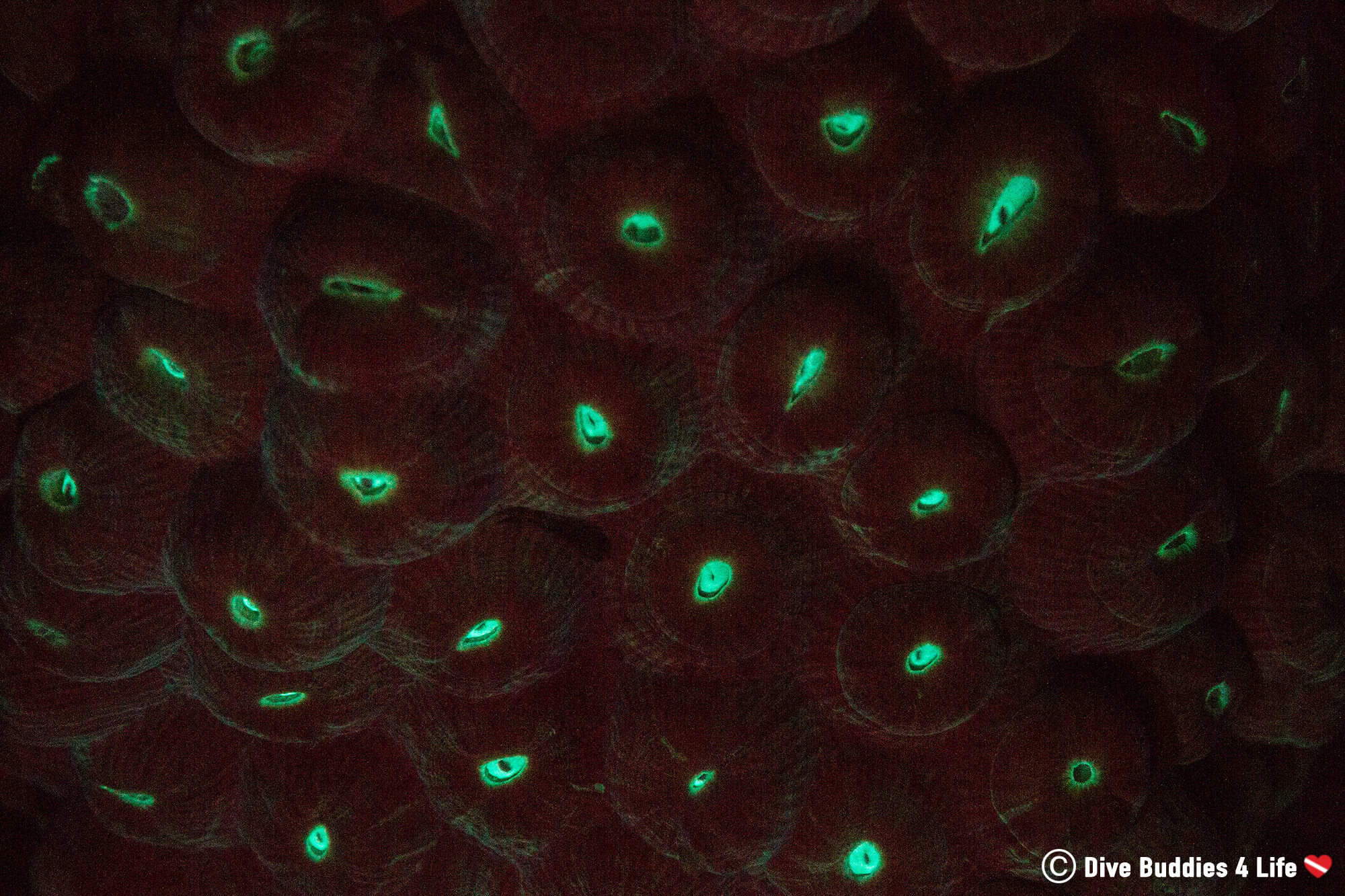
Fluorescent diving is some pretty wild stuff. Have you ever tried this type of colorful night diving? If so where have you done it?
Writers Note: This post may contain affiliate links. We will make a small commission if you make a purchase through one of these links, at no extra cost to you. See full disclosure and disclaimer policy here.

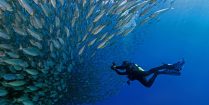
Submerge yourself into Bonaire's underwater world with this scuba bucket list. It will leave you wanting more from the coral capital of the Caribbean.
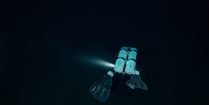
The day is over and the sun is setting on a day of scuba diving but is it really time to hang up your fins, or do you dare slip back into the water at night?
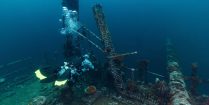
Whether sunk on purpose or as the result of a mishap, it’s a breathtaking experience to be able to visit a sunken wreck while scuba diving.
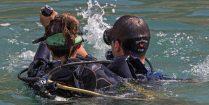
Becoming a PADI Rescue Diver is a great way to further your knowledge and give yourself the tools to stay safe on a dive.
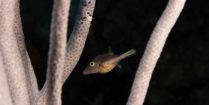
Whether your diving with turtles or admiring coral reefs, get ready to be wowed by the underwater beauty of Bonaire, the shore diving capital of the Caribbean.
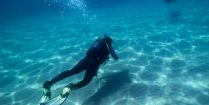
Thinking about sprouting gills and making the plunge into the underwater world? Find out if you're cut out to become an Open Water scuba diver.

Many scuba diving agencies that play a role in training divers. Here is a look at SEI, PADI, NAUI, and SSI, the top scuba agencies in the world.

Everybody loves the idea of scuba diving, but the aspect of post dive cleanup is a much different story. It’s long, it’s tedious and it almost impossible to do it without getting wet - yet again.

Like the fluo article & pics.
Though, why have a link for a uv light ?
Hi Sian, you are right it is a little confusing. The light is a light for fluo diving however it is a UV light because this is what is needed to make the tissue of certain animals (mostly corals) fluoresce in brilliant reds, purples and greens.